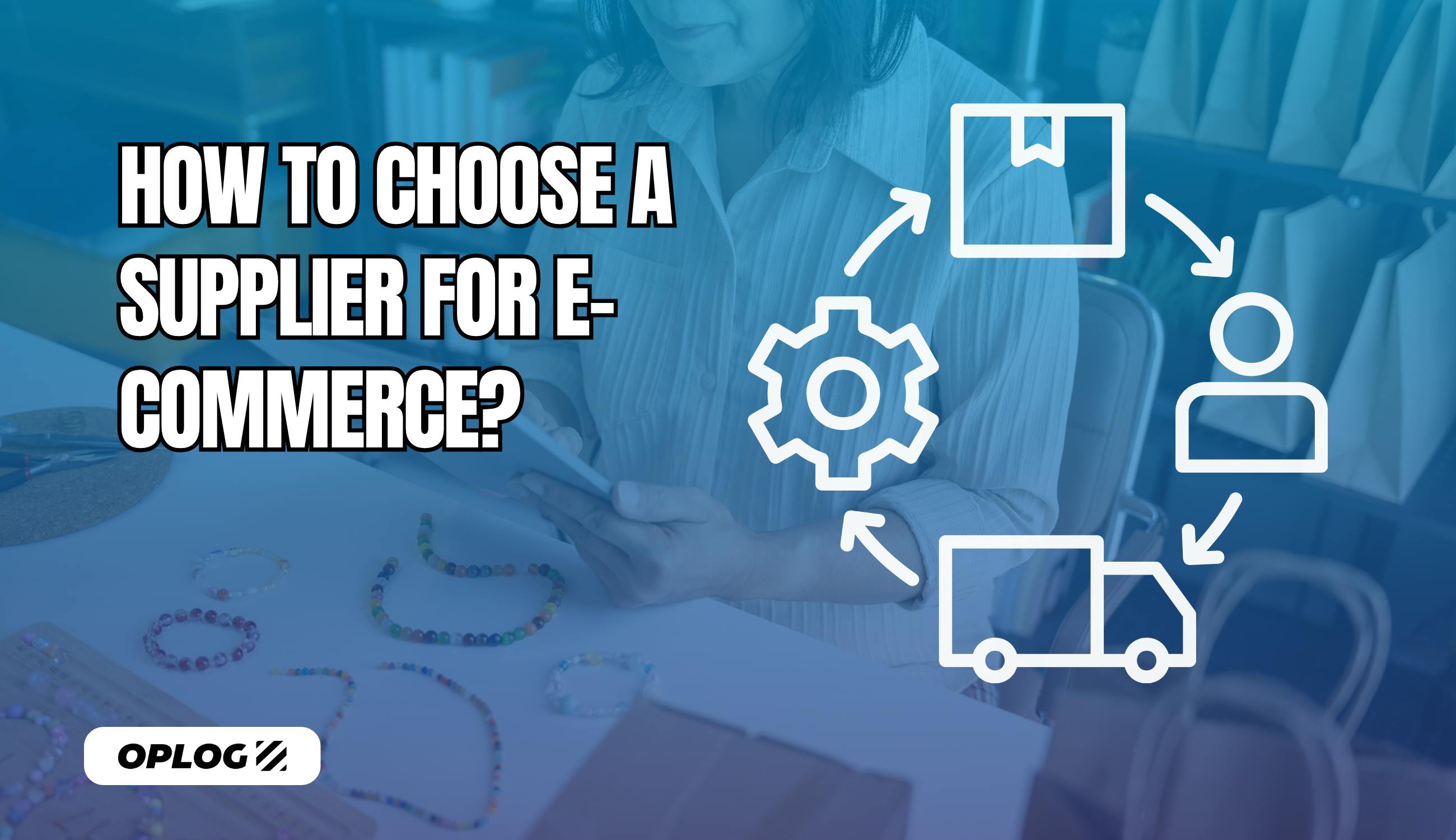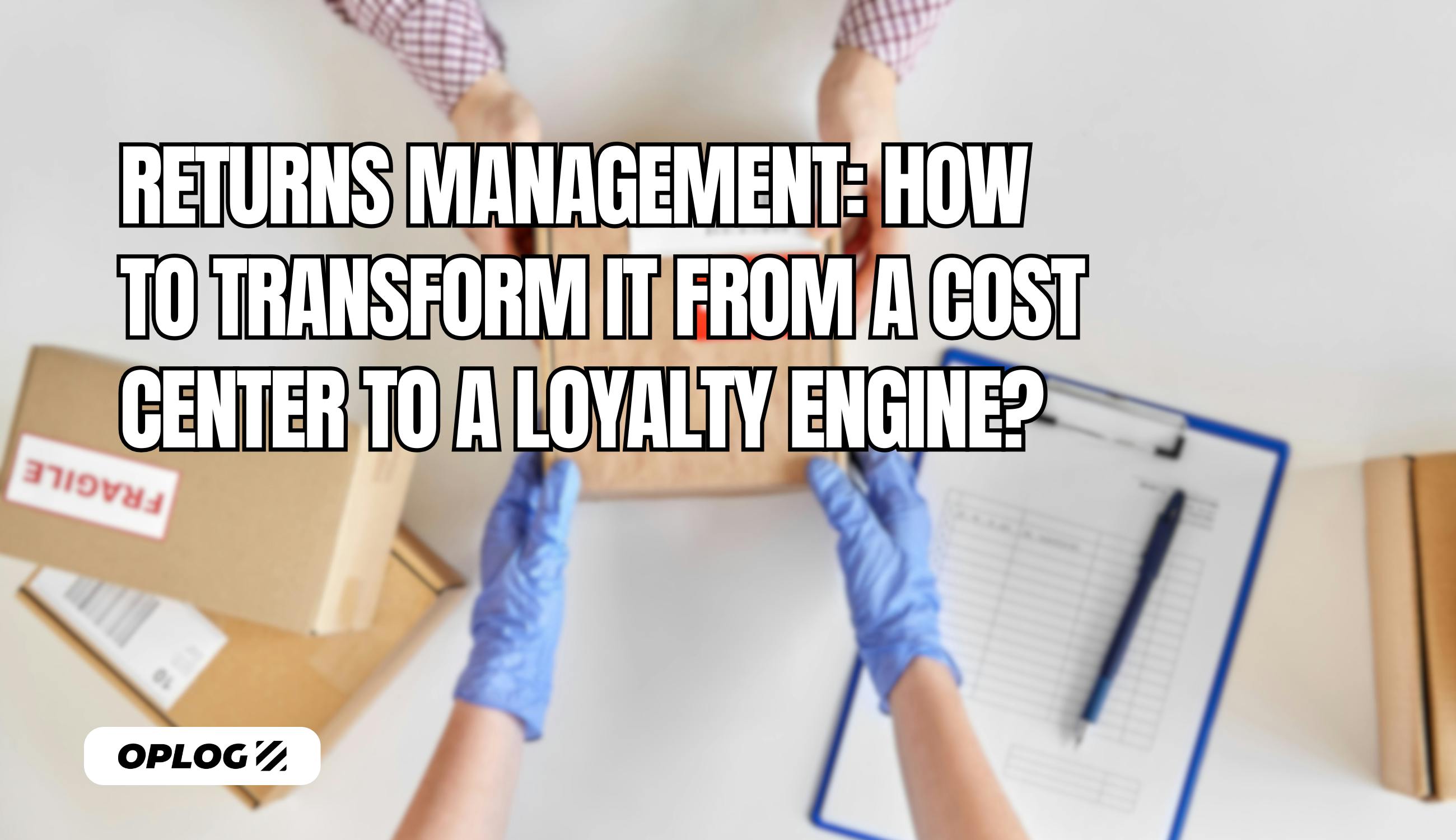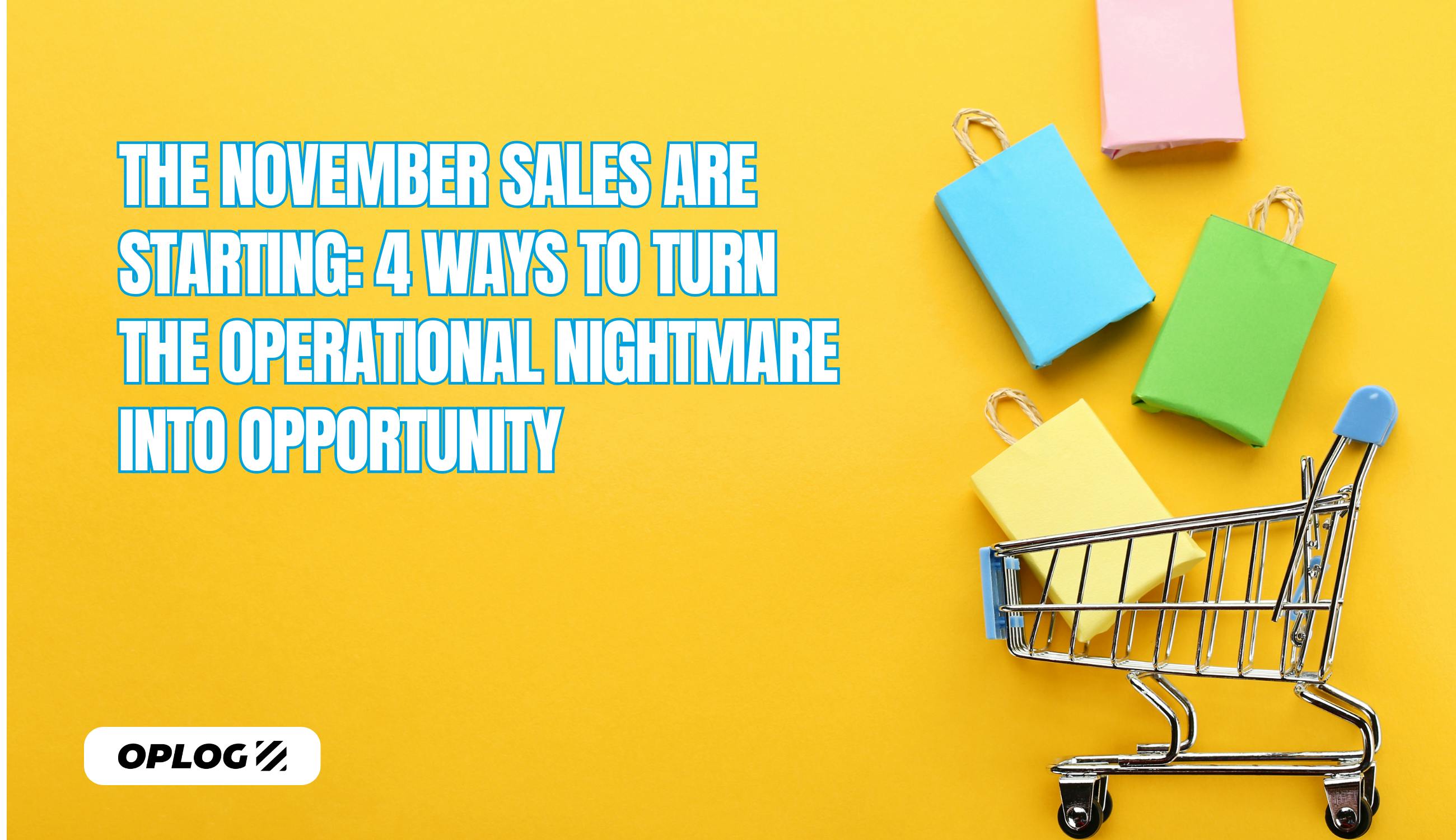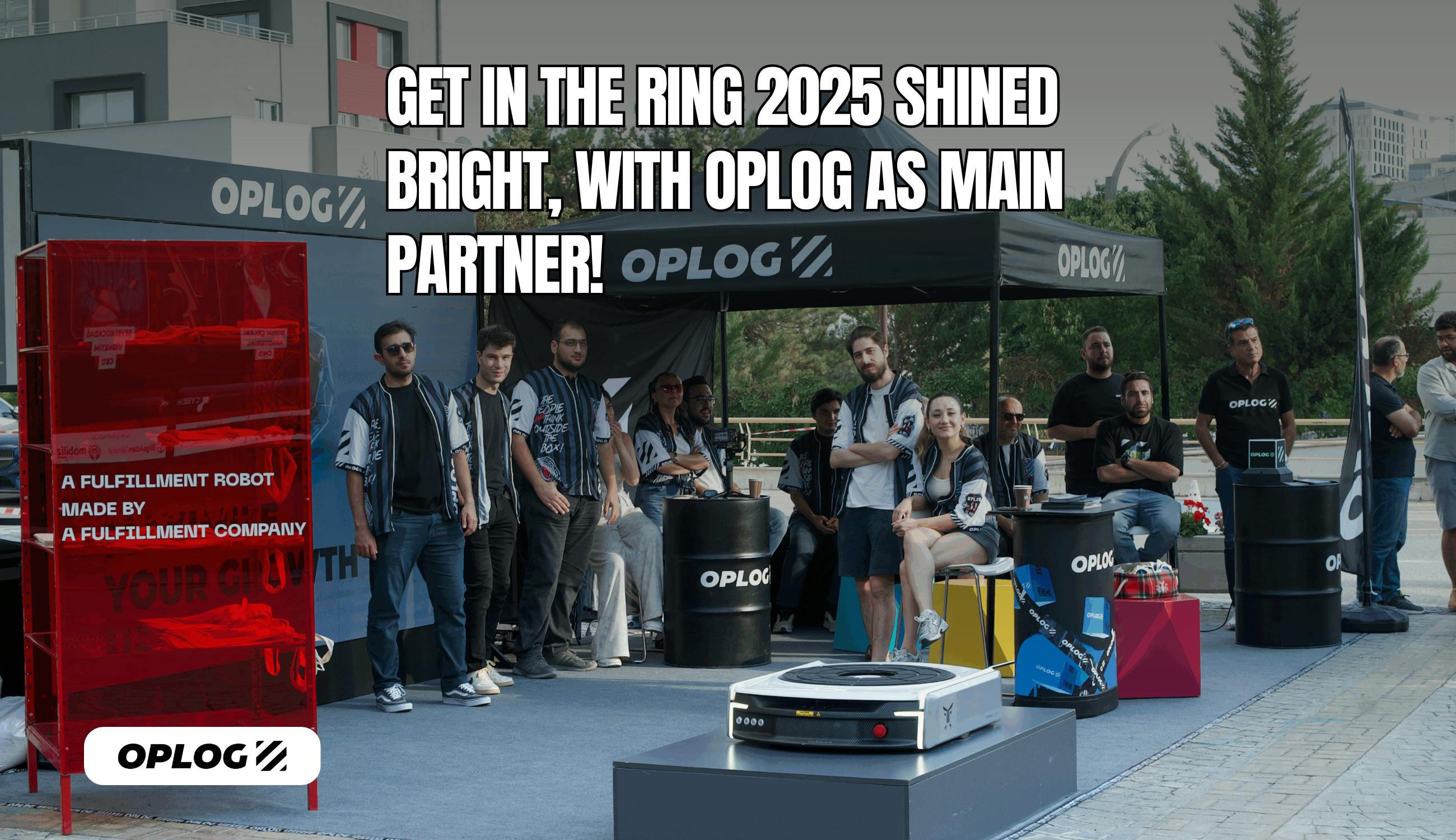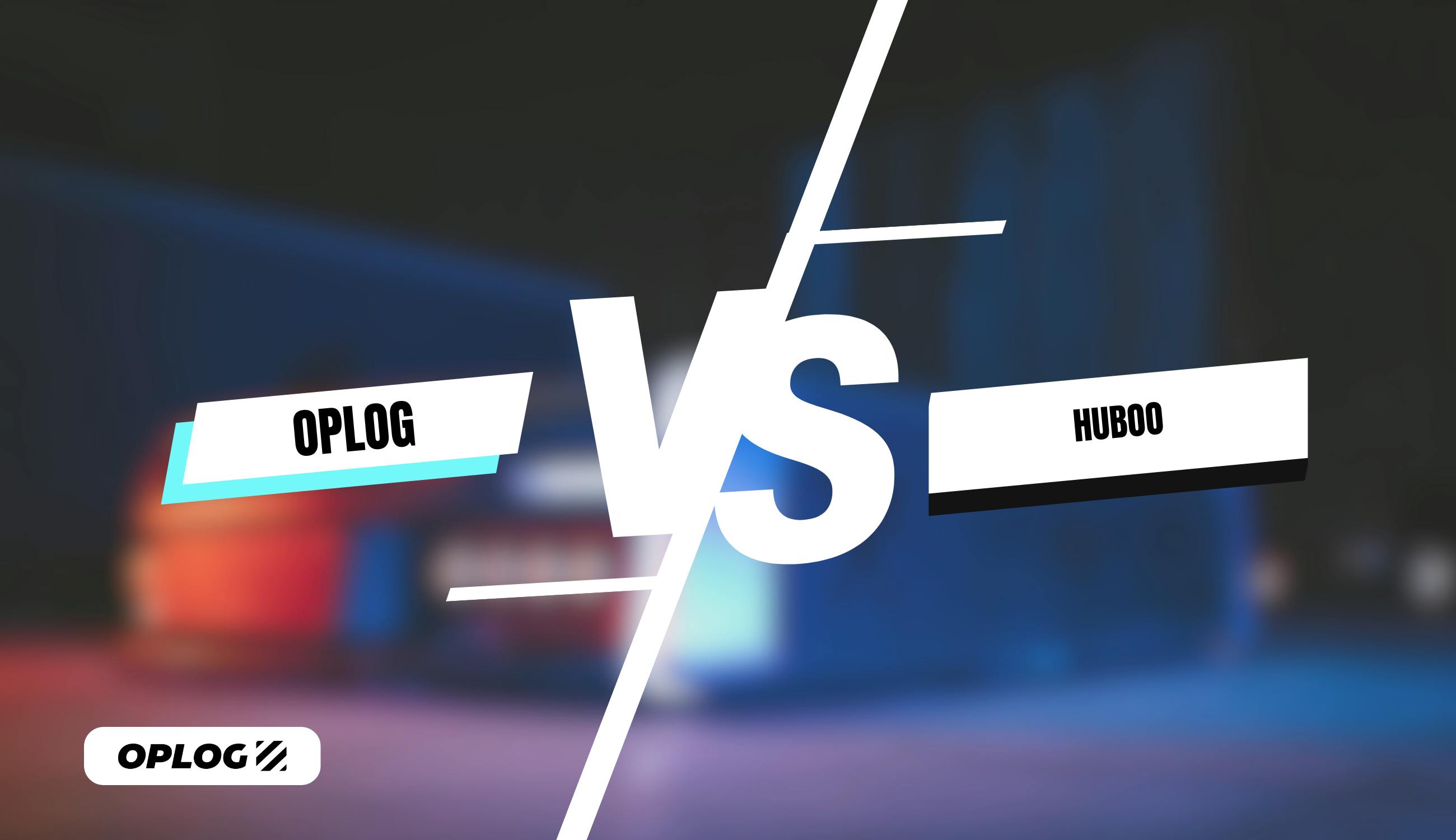How to Choose a Supplier for E-commerce? (2025 Guide)
You've stepped into the e-commerce world. You have a great website, a strong marketing plan, and big dreams. But where are the products you'll sell? Welcome to that critical threshold on the path to success where entrepreneurs often stumble: the art of finding and choosing a supplier.
It's 2025, and the era of "just buy the cheapest one" is over. Customers expect speed, quality, and sustainability. This means that choosing the right supplier—the foundation of your e-commerce operation—is more important than ever.
This guide has answers for everyone. It speaks to the overwhelmed entrepreneur or the SME owner looking to improve their operations. We won't just find a supplier; we'll find the right partner for your brand.
Section 1: What is a Supplier and Why is it Your Brand's Destiny?

Let's start with the basics. What is a supplier?
A supplier is the person, company, or organization that provides the products, raw materials, or services an e-commercebusiness sells to its customers. They are your invisible hero, but they can also be your weakest link.
A supplier is not a fulfillment center that packs and ships your orders (that's our job 😉). A supplier is the source that procures the product you will sell.
Its Importance for E-commerce:
- Product Quality: The quality of the product that reaches your customer is a direct reflection of your supplier'squality. Poor fabric, a faulty electronic component, or mediocre packaging will damage your brand's reputation.
- Profit Margin: How much you pay for your products determines your profitability. A good supplier offers competitive prices, giving you breathing room in the market.
- Inventory Management: The right supplier provides you with products consistently and on time. This prevents the "out of stock" nightmare and ensures the continuity of your sales.
- Brand Image: Does your supplier use sustainable methods? Do they have ethical working conditions? In 2025, consumers care about these things, and the answers directly impact your brand image.
Section 2: Methods for Finding the Ideal Supplier in 2025
Finding a supplier is a treasure hunt. You need to know where to look. Here are the hottest hunting grounds for 2025:
1. Digital B2B Marketplaces (Global and Local) These are the "digital trade shows" for suppliers.
- Global Giants (Alibaba, AliExpress, ThomasNet): Still the most popular places to reach manufacturers, especially from China and Asia. Alibaba is for bulk B2B purchasing, while AliExpress is used for smaller quantities (even dropshipping).
- Local B2B Platforms: Local B2B sites are important for reaching manufacturers and wholesalers in Turkey. For example, sectoral platforms like "ToptanTR" can help with this.
2. The Depths of Google (Hyper-Specific Searches) Just typing "shoe wholesaler" isn't enough. Think like a digital detective:
- "sneakers" + "manufacturer" + "Istanbul"
- "organic" + "beauty products" + "distributor" + "Europe"
- "private label" + "coffee" These specific searches will take you directly to the manufacturers' or main distributors' websites, allowing you to bypass intermediaries.
3. LinkedIn (Professional Network Power) Using LinkedIn to find a supplier? Absolutely! This is where CEOs, sales managers, and production managers meet.
- Find "Sales Manager" or "Production Manager" profiles at companies in your target industry.
- Join industry-specific groups (e.g., "Turkey Textile Manufacturers").
- Connect with a direct and professional message stating what you're looking for. It's a great place to ask for referrals.
4. Industry Fairs (Physical and Digital) Nothing beats touching the product and making eye-contact with the manufacturer. Fairs have regained strength post-pandemic. Even if you can't attend, review the digital fair attendee lists. These lists are a breakdown of the most serious players in the industry.
5. Competitor Analysis (Reverse Engineering) Order a product from a competitor you admire. Examine the labels, the country of origin, or the importer information. This can give you clues about who their supplier is.
Section 3: Types of Suppliers: Which Model is Right for You?

How will you work with the supplier you find? There are three main models:
1. Manufacturer You work directly with the factory where the product is made.
- Advantage: The lowest unit cost. The ability to customize the product (Private Label).
- Disadvantage: Very high Minimum Order Quantities (MOQ). Generally not suitable for beginners.
2. Wholesaler / Distributor They buy massive quantities from manufacturers and sell them in smaller batches (but still wholesale) to retailers.
- Advantage: MOQs are lower than manufacturers. You can source a wide range of products from a single place.
- Disadvantage: The unit cost is slightly higher than buying from a manufacturer.
3. Dropshipping Supplier In the Dropshipping model, you never even see the product.
- The Process: A customer buys from you -> You forward the order to the supplier -> The supplier ships the product on your behalf to the customer.
- Advantage: Zero inventory cost, zero logistics risk. It's the lowest-capital model to start with.
- Disadvantage: Profit margins are very low. You have no inventory control (if the supplier says "it's out of stock," you have to tell your customer the same). You have no control over shipping times or packaging quality. The supplier's mistake (wrong product, late shipping) is perceived as your brand's mistake.
Section 4: The Critical Step: Criteria for Choosing the Right Supplier

You've created your potential supplier list. Now it's time to narrow it down. What makes a supplier "good"?
- Product Quality and Samples: Never place a bulk order without getting samples first. See the quality for yourself.
- Total Cost of Ownership (TCO): Don't just look at the unit price. Calculate the Total Cost of Ownership (Product Price + Shipping + Customs Duties + Return Rate).
- Reliability and Delivery Time: Can they deliver the product on the agreed-upon date? Constant delays will paralyze your inventory management.
- Communication: In 2025, you don't want a supplier who replies 3 days later. You must be able to communicate quickly, clearly, and in a solution-oriented way.
- Technological Competence: This is critical! Does your supplier offer an API or system integration? Can they share inventory levels with you (or your fulfillment partner) in real-time? A supplier still working with Excel can't keep up with your speed.
- References: Who have they worked with before? If possible, call those companies and ask about their experience.
- Flexibility and Scalability: You're buying 100 units today, but what if you want 10,000 tomorrow? You must choose a supplier who can grow with you.
Section 5: Supplier Found! Now, Why Should OPLOG Step In?

You found a great supplier. Your products are ready to ship. But what will you do when those truckloads of products arrive? Are you going to store them in your garage?
This is where supplier management intersects with fulfillment.
Most e-commerce SMEs in Turkey get products from their supplier and try to pack them manually in their small warehouse (or home). This is the biggest obstacle to growth.
The OPLOG Difference: The Operational Backbone We at Oplog promise to be "The Operational Backbone That Scales With Your Business." See how we turn the products from your supplier into an advantage for you:
1. The True "Pay-As-You-Go" (PAYG) Model When you agree with a supplier, you usually buy a large quantity of products upfront. If you rent a warehouse to store them, you have fixed costs for rent, utilities, and staff. You pay this whether you make sales or not.
With OPLOG's PAYG (Pay-As-You-Go) model, we eliminate fixed costs. This allows companies to grow with no-commitment logistics. You only pay for the space your products occupy in our warehouse and the orders we pack. This prevents you from adding massive logistics costs on top of the capital you paid to your supplier.
2. Scalability That Grows With You You bought 1 truckload of products from your supplier, and it all sold out in 3 days during a holiday season. Congratulations! But what if 5 more truckloads arrive the next day?
In your own operation, this is chaos. For OPLOG, it's a "standard" Tuesday. Our infrastructure flawlessly handles sudden demand fluctuations (seasonal peaks) for you. You focus on sales; inventory and logistics are on us.
3. Technology: OPLOG ONE and TARQAN (Robotics) Are you going to enter thousands of products from your supplier into an Excel sheet? At OPLOG, this process is fully automated.
- Maestro WMS (Warehouse Management System): The moment products from your supplier enter our warehouse, they are scanned and entered into our system via Maestro WMS.
- OPLOG ONE Platform: You see this entire process from your own dashboard (OPLOG ONE). You can see what products came from which supplier and what your inventory level is, all in real-time.
- TARQAN (Robotic Automation): When an order comes in, it's not people working in your warehouse; it's our robots (TARQAN). This ensures the right product from your supplier gets to your customer flawlessly and quickly.
Section 6: Supplier and Logistics Integration
The ideal scenario is for the supplier and the fulfillment partner to "speak" technologically. At OPLOG, we know the challenges posed by suppliers in specific sectors and offer special solutions:
- Example 1: Beauty/Cosmetics Supplier
- Supplier Challenge: Products require expiration date (SKT) and batch number tracking.
- OPLOG Solution: We receive every product into our warehouse with its SKT and batch number. Our system (Maestro WMS) always operates on a "First-In, First-Out" (FIFO) or "First-Expiry, First-Out" (FEFO) basis. This guarantees that no product from your supplier expires on the shelf.
- Example 2: Footwear/Fashion Supplier
- Supplier Challenge: Extremely high SKU (Stock Keeping Unit) variety. (One shoe might have 10 colors, and each color 12 different sizes).
- OPLOG Solution: Our robotic system, TARQAN, is designed to manage this high SKU complexity. We also have special "returns operations" processes to manage the high return rates common in the fashion industry.
Your supplier determines "what" the product is; logistics determines "how" it gets to the customer.
Conclusion: The Perfect Duo
E-commerce is a team sport. Your success depends on two key players on the field:
- The Supplier who provides you with a quality, fairly-priced, and sustainable product.
- The Fulfillment Partner who receives this product, stores it intelligently, picks and packs it with robotic speed and accuracy, and delivers it to your customer.
In 2025, use digital tools, your network, and data to find the best supplier. But when you find that perfect product, don't risk your success. Entrust your operations to a technology- and robotics-driven partner that will scale with you.
How about completing the final link of your supply chain with the power of OPLOG?
